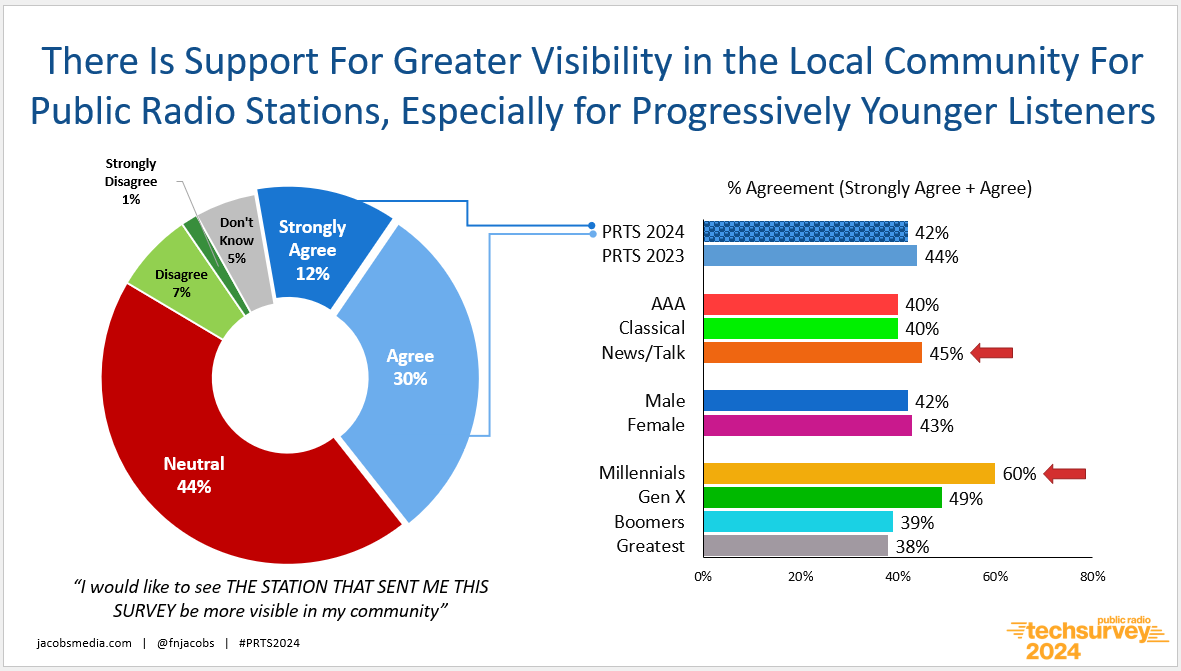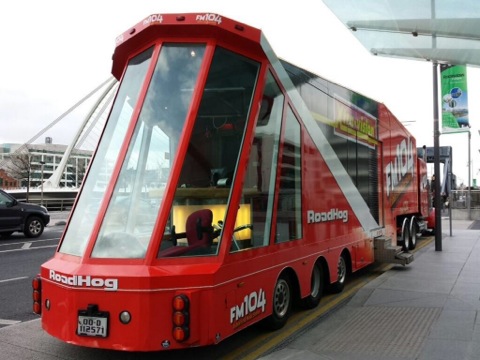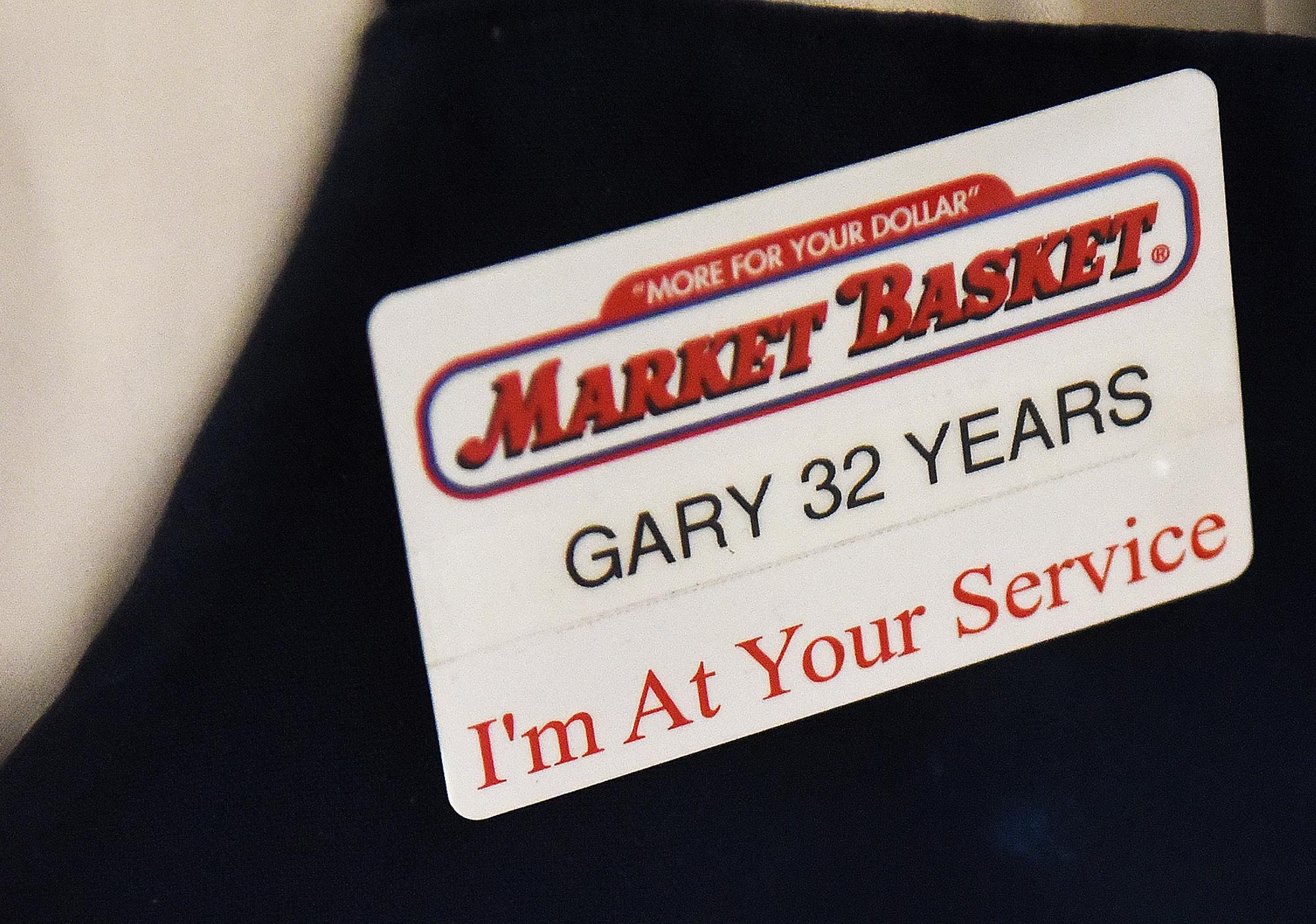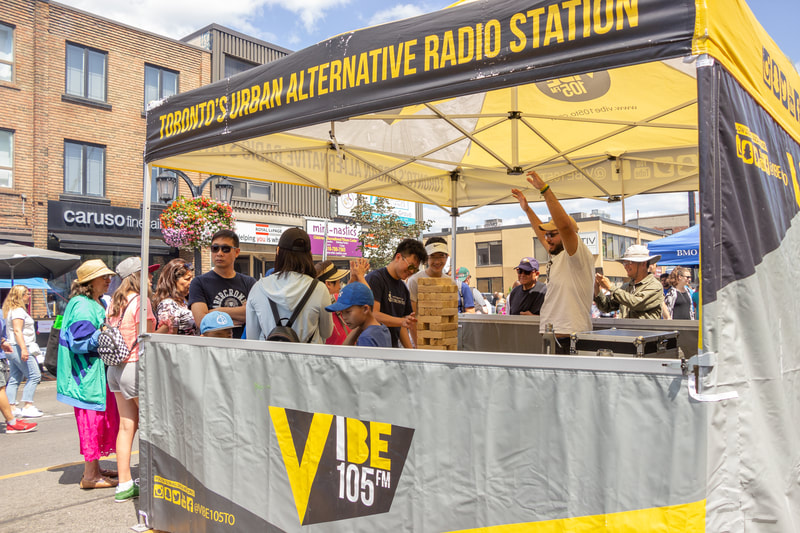
Warning: This post goes against the grain of where radio broadcasting is heading. It most definitely is swimming upstream at a time when so many stations and companies are soaked in debt. So, you’ve been warned.
It’s also not for everybody, but for stations that can visualize a “there there” – there could be a unique and powerful position available. Simply put, at a time when most companies would rather handle consumer queries, complaints, and most interactions with bots, I’m going to paint an alternative modus operandi, albeit more expensive, problematic, and complicated – three words most C-suiters will roll their eyes at.
But that’s OK, because there’s always a position available where others abandoned it. As the old ballplayer Willie Keeler was fond of saying, ‘Hit ’em where they ain’t.” That’s the case in baseball, in radio, and in so many other business categories. And when you do it right, your customers – clients or consumers – will notice it.
When I’m asked why Classic Rock exploded on the radio scene back in the ’80s, it’s underlying success was due in large part to this truism. The rest of the music world was consumed by new music – the Hot Hits and current rock formats on the FM band, and MTV on everyone’s cable TV systems. In many markets, Classic Rock radio stood out because it didn’t just play “gold” – it embraced it.
So what’s the big differentiator today? How can a single radio station stand out in an overcrowded market, not to mention the immense competition from numerous streaming music services, podcasts, and the myriad of other audio offerings?
In 2025 and perhaps beyond, companies and brands – whether they are sports teams, grocery store chains, or radio stations – can stand out in a good way by incorporating more “eye contact” in their operating systems.
Where’s the demand? Oh, it’s there. We started incorporating the question in some of our Techsurveys, so let me show you what this looks like in public radio, a platform famous for a lack of in-person contact with its loyal listener base. Here’s what happened when we asked this “agree/disagree” question:
“I would like to see (my favorite public radio station) be more visible in the community.”
The results are compelling. For the second year in a row, more than four in ten agree/agree strongly with the statement, with a bit of a “bump” among public radio’s News/Talk format fans, as well as a more definitive trend among progressively younger listeners – especially Millennials.
Funny thing – if you ask more public radio programmers about their top audience need, most will tell you they covet a younger audience. And as the data suggest, goals in radio can also be achieved in off the air activities that connect with audiences.

If you’ve been present at Paul or my “35,000 feet” presentations over the past few years, it’s likely you’ve been exposed to the unique station vehicle you see below. I didn’t come across it in Dubuque, Delaware, or here in Detroit.
Fact is, the sighting occurred in Dublin, Ireland, back at a Radiodays Europe conference a decade or so ago. In fact, Q102’s “Road Hog” was just one of several parked outside the beautiful Dublin convention center.

It seems like several Irish stations adopted the same theory – that getting out and about in the city, the suburbs, the hamlets, villages, and countryside was just plain good for business. The ability to be able to broadcast a live show from pretty much anywhere was the goal. It made sense back then, and perhaps is even more compelling now. If you’ve got the talent (I know, a big “if” in 2024), then why not get them out in front of people.
To satisfy my own curiosity to determine if indeed “Road Hog” still exists, I Googled it and was happy to learn the station posted this on Instagram last year, an impressive video that gives you an even better view of what “eye contact” can look like:
View this post on Instagram
And that’s an unnatural segue to the grocery store industry where the same principle – eye contact matters – is working in the rough and tumble environs of Boston, Massachusetts. Ken West, brand manager of the famous WERS – Emerson College’s radio station, sent me this story from Boston.com about a local grocery chain, Market Basket, that has adopted a unique posture in the community.
The company was founded by Greek immigrants, Athanasios and Efrosini Demoulas. It started with one store in Lowell, MA, and has now grown to 90 locations throughout the New England area.
All the while, public service and customer connection has been a core value. CEO Arthur T. Demoulas framed it this way:
“It is a core company philosophy to provide personalized service to our valued customers and hopefully by doing so, we may make the customer’s day a better one.”
But those are just words on a page, or more to the point, framed by the customer service counter. Except that at Market Basket, it is the real deal.
Every employee sports a badge with their name, years worked at the store (often a very high number), and the slogan, “I am at your service.”

The Market Basket philosophy manifests itself in the company’s refusal to offer self-checkout lines. While Boston.com reports that as of last year, more than 96% of retailers offer this service, Market Basket’s commitment to use real people at all their checkouts is intentional.
In a book about the store, We Are Market Basket, written by Grant Welker, the author explains:
“That’s what helps create that draw for generations of shoppers is you go into a Market Basket and seemingly every checkout aisle, without exception, is open. That personal relationship is just core to what Market Basket is.”
They call it customer service while marketers might refer to it as the personal touch. I call it “eye contact” – a chance to make a connection with a shopper – or a listener – in a world increasingly automated with voicetracked shows recorded remotely from around the country, and now simulated, thanks to AI.
![]()
Is it more expensive to eschew all the technology to take the human approach? Of course it is. Radio companies and corporations have benefitted from technology that allows for recording passable shows preproduced at scale by broadcasters watching every nickel that goes out the door.
It costs more to recruit, hire, train, and be responsible for real human beings, not to mention covering portions of their health care costs, as well as other benefits. A manager I once worked for was fond of saying, “If you’ve got people, you’ve got problems.” And there’s a lot of truth in that.
Not to mention, a monster vehicle like Road Hog is exponentially more pricey than simply trading for a station van or SUV and getting it wrapped.
 Then there’s the costs for having a true street team to help foster more community visibility. These battalions of young people do more than just hand out stuff and meet & greet listeners. They’re part of the “minor league team” of next generation station staffers that help keep radio stations vibrant and visible.
Then there’s the costs for having a true street team to help foster more community visibility. These battalions of young people do more than just hand out stuff and meet & greet listeners. They’re part of the “minor league team” of next generation station staffers that help keep radio stations vibrant and visible.
Every programming marketing tactic comes with a cost and the potential for brand and financial benefit, if planned and executed well.
So, is it worth it?
That is the question. And maybe I respond to it with another question:
What kind of radio industry do we want to be?
- What If Radio Tried Something Right Out Of Left Field? - May 9, 2025
- Why Radio PDs Are A Lot Like NBA Coaches - May 8, 2025
- Memo To Radio: We Have Met The Enemy And It Is… - May 7, 2025




The whole concept of radio today is the result of consolidation, and the idea that a radio company could create a de facto monopoly in a particular demographic in a large swath of markets if they had enough good signals. Clear Channel/iHeart swept in and offered so much money to successful station owners that they could cash out and make more on the interest than they could make operating. Corporate radio borrowed huge sums but were going to offset the costs through synergies – cutting positions, hubbing, and combining operations. As the costs were cut, so was the quality.
As you said,
“Radio companies and corporations have benefitted from technology that allows for recording passable shows preproduced at scale by broadcasters watching every nickel that goes out the door.”
Add in new challenges from the internet and satellite, and the whole house of cards tumbled down. Shareholders took it in the shorts, sometimes multiple times, yet even multiple bankruptcies haven’t shown the money people that you can’t cut your way to prosperity, but you can make an industry less compelling and relatable.
Is it any wonder that young people aren’t flocking to radio, either listening or as a potential career?
Brian, this comment sums up much of the current state of play. Unfortunately, consolidation de-incentivized investment to take on internet and satellite compititors.